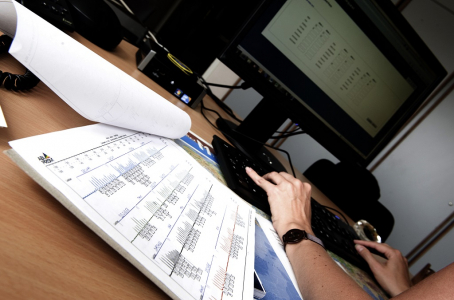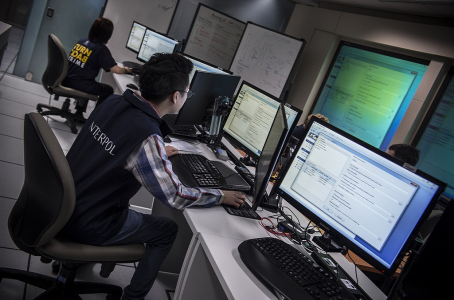Joining dots and making links
Timely and accurate intelligence analysis is key to understanding the inner-workings and driving factors of crime phenomena and criminal enterprises.
Our analysts examine a range of data such as sociodemographic information on criminals (for example age, sex and type of employment), and the times and locations of criminal activity. This information can come from our member countries, or external sources such as research institutes and think tanks, and can be related to any type of crime or phenomenon.
We produce intelligence reports for our crime units and for member countries. This helps national law enforcement agencies and policy and decision-makers deal more effectively with uncertainty in the policing environment, prepare for new security challenges, and establish investigative and programmatic priorities.
Our reports are generally produced for law enforcement use only, so are not public. There are two kinds of report: operational and strategic.
Exploiting a wealth of information
Information is the lifeblood of policing.
INTERPOL stores literally millions of records from law enforcement entities worldwide in our various criminal databases. To identify crime patterns and establish links between perpetrators and investigations, we need advanced tools to process and analyze this data.
We manage this through what we call Criminal Analysis Files, which are databases that store and structure information and enable us to generate our analytical reports. We have specific files on drug trafficking, illicit markets (for example goods, pharmaceuticals and wildlife products), Eurasian organized crime, foreign terrorist fighters and bomb-making and improvised explosive devices.





